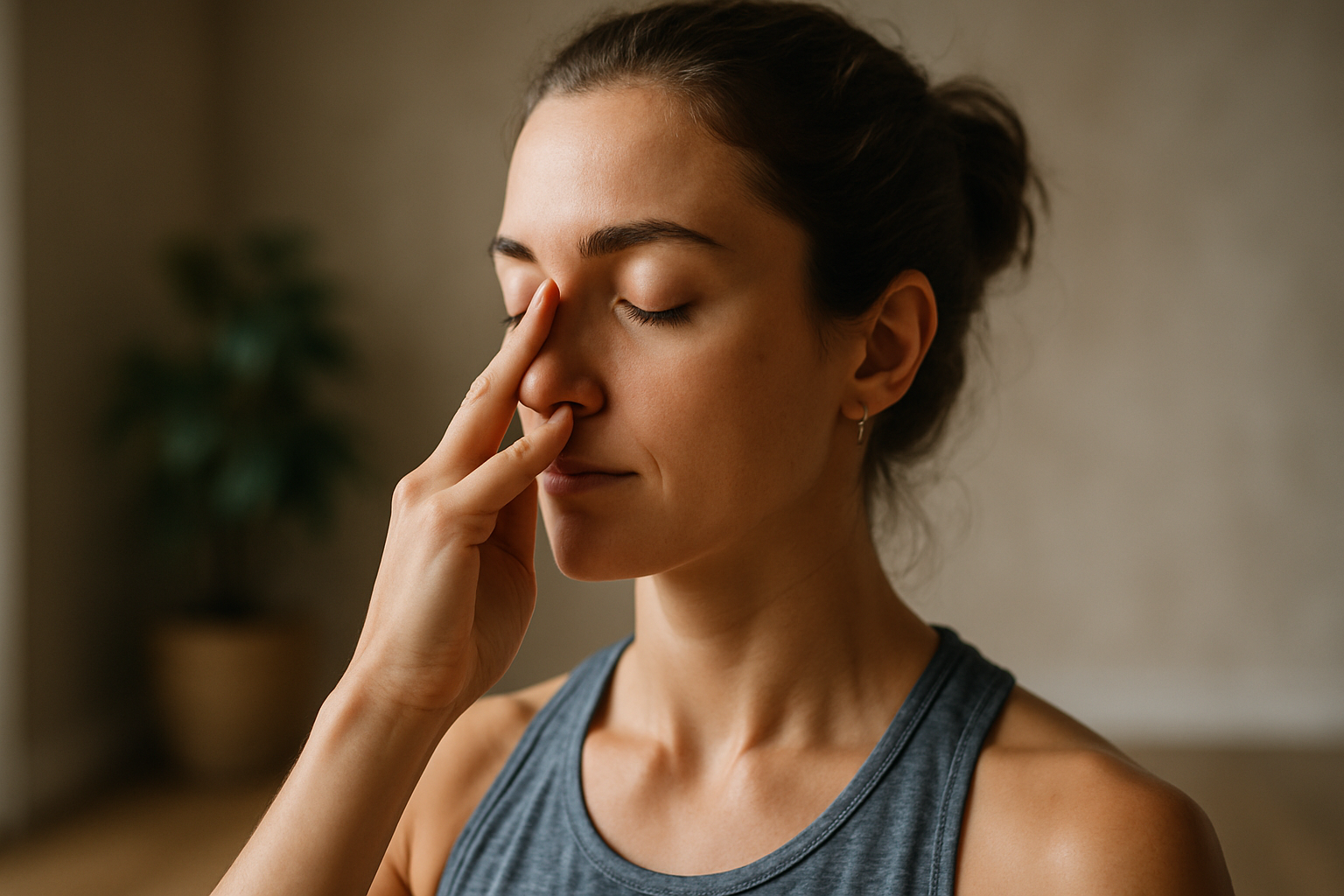Breathing and Grounding Exercises for Immediate Calm
Short, intentional breathing and simple grounding techniques can lower immediate feelings of tension and help restore focus within minutes. This teaser outlines practical approaches you can use anywhere — seated in a chair, standing in a queue, or lying in bed — to reduce acute stress and regain a steadier sense of control over your body and mind.

Short breathing and grounding practices can produce a fast, reliable shift in how you feel. Within a few slow breaths and a brief return of attention to physical sensations, the nervous system often reduces its fight-or-flight output and promotes a calmer state. These techniques do not replace medical care but are practical tools you can use in daily life to manage stress and support sleep, recovery, and resilience.
This article is for informational purposes only and should not be considered medical advice. Please consult a qualified healthcare professional for personalized guidance and treatment.
How can breathing help with stress?
Deliberate breathing alters how the autonomic nervous system responds to perceived threats. Practices like diaphragmatic breathing, 4-4-6 box breathing, or slow exhalation techniques encourage parasympathetic activation, reducing heart rate and muscle tension. Start by inhaling through the nose for four counts, pause briefly, then exhale slowly for six counts. Regular short sessions—one to three minutes—can reduce acute stress and make it easier to approach difficult tasks with clearer thinking. Combining breathing with mindful awareness increases effectiveness and supports long-term resilience.
What grounding practices support mindfulness?
Grounding reconnects attention to the present moment through physical sensation and simple observation. Techniques include the 5-4-3-2-1 sensory exercise—naming five things you can see, four you can feel, three you can hear, two you can smell, and one you can taste or sense internally. Alternatively, press your feet into the floor, notice the weight of your body, or hold a textured object and describe it aloud. These practices anchor attention, reduce rumination, and pair well with brief breathing cycles for immediate calming effects.
Can breathing improve sleep?
Breathing exercises can prepare the body for sleep by lowering arousal and easing muscle tension. Progressive breathing routines—slow diaphragmatic breaths, alternating nostril breathing, or extended exhalations—signal the nervous system to relax. Perform a short routine before bed: lie comfortably, inhale gently for four counts, exhale for six, and repeat for five minutes. Consistent practice can support better sleep onset and recovery, though underlying sleep disorders should be evaluated by a clinician for targeted treatment.
How does breathing integrate with exercise and mobility?
Conscious breathing improves movement quality and supports mobility. Coordinating breath with motion—exhaling during exertion and inhaling during release—stabilizes the core and reduces unnecessary tension. For stretching or mobility work, take slow, measured breaths to deepen range safely and avoid breath-holding, which can spike stress responses. Athletes and everyday exercisers can use paced breathing to recover between sets and prevent overexertion, helping recovery and lowering injury risk when combined with proper ergonomics and movement technique.
Should hydration and nutrition be considered alongside these techniques?
Simple breathing and grounding can be effective on their own, but hydration and nutrition influence physiological resilience and recovery. Dehydration, low blood sugar, or stimulant intake may amplify anxiety and make calming techniques less effective. Pair breathing routines with regular fluid intake, balanced meals, and mindful pauses during the day. If you take medication for anxiety or other conditions, discuss how relaxation practices fit into your overall plan with a healthcare provider, as breathing should complement—not replace—prescribed treatment.
How do breathing and grounding aid recovery and build resilience?
Regular practice of breathing and grounding builds a more flexible stress response over time. Short daily sessions train the body to return to calmer states faster after disturbances, supporting recovery from physical exertion and emotional strain. These methods also aid prevention by reducing chronic tension that contributes to poor sleep and reduced mobility. Incorporate breathing into recovery routines after exercise, during breaks at work, or as part of an evening wind-down to strengthen resilience and improve overall wellbeing.
Conclusion
Breathing and grounding exercises offer accessible, evidence-informed strategies for immediate calm and longer-term resilience. By combining simple breath patterns with sensory anchoring and attention to hydration, nutrition, and movement, you create a supportive routine that helps manage stress, supports sleep and recovery, and enhances daily focus. If symptoms persist or interfere with functioning, seek personalized evaluation and guidance from a qualified healthcare professional.





